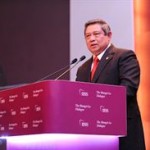Daily Report Archives
Established in December 1993, the Nautilus Institute’s *N*ortheast *A*sia *P*eace and *S*ecurity *N*etwork (NAPSNet) Daily Report served thousands of readers in more than forty countries, including policy makers, diplomats, aid organizations, scholars, donors, activists, students, and journalists.
The NAPSNet Daily Report aimed to serve a community of practitioners engaged in solving the complex security and sustainability issues in the region, especially those posed by the DPRK’s nuclear weapons program and the threat of nuclear war in the region. It was distributed by email rom 1993-1997, and went on-line in December 1997, which is when the archive on this site begins. The format at that time can be seen here.
However, for multiple reasons—the rise of instantaneous news services, the evolution of the North Korea and nuclear issues, the increasing demand for specialized and synthetic analysis of these and related issues, and the decline in donor support for NAPSNet—the Institute stopped producing the Daily Report news summary service as of December 17, 2010.
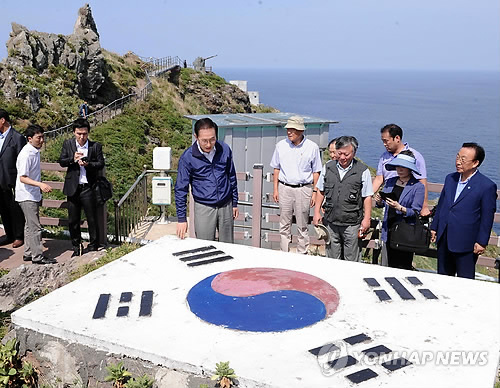
President Lee Myung-bak’s diplomatic leadership challenge
by Yi Kiho, NAPSNet Contributor
South Korea President Lee Myung-bak made an unprecedented visit to Dokdo (Takeshima in Japan) abruptly on the afternoon of August 10……
Go to the article
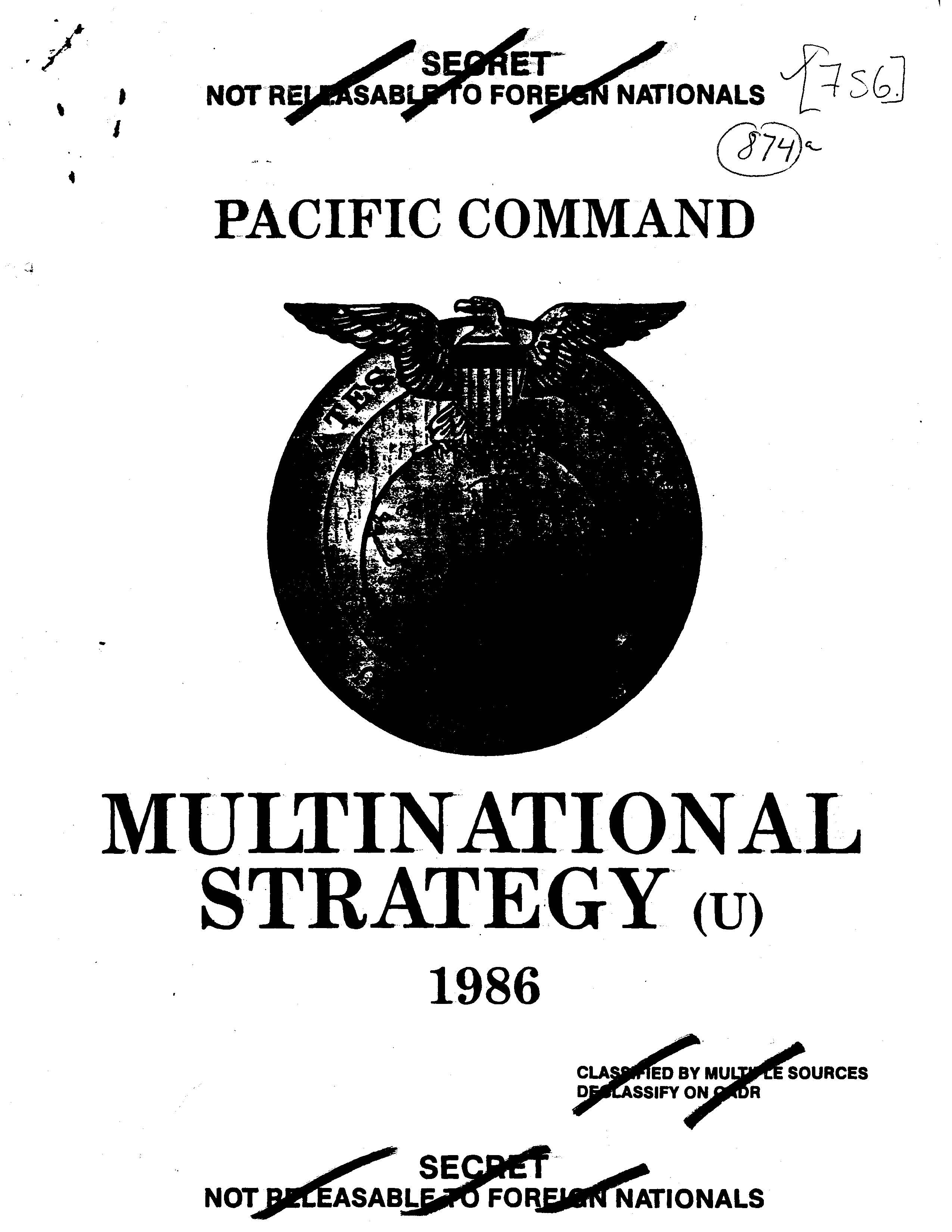
The United States Pacific Command (USPACOM) Multinational Strategy (MNS), published in 1986, defines USPACOM objectives in working with each nation in the pacific theater.
The report states that “the need for a multinational strategy was first expressed in the Defense Guidance budget of President Reagan’s administration. The Defense Guidance stated that global strategy required the U.S. and its allies to contain and reverse the expansion of Soviet control and military presence throughout the world.”
The MSN thus examines the objectives of the USPACOM in working with multiple nations. The report states that “the USPACOM Stategy is built primarily on a foundation of bilateral relationships. Larger regional coalitions, to the extent that they can exist, depend on these bilateral relationships and the interactions of the coalition members.”
This report was released to the Nautilus Institute under the US Freedom of Information Act (FOIA).
Go to the article

Rio+20 – The Future We Want
by Saleem Janjua– Climate Change Adaptation Contributor
The Rio+20 UN conference on sustainable development ended with an ineffectual and hollow document, titled ‘The Future We Want’……
Go to the article
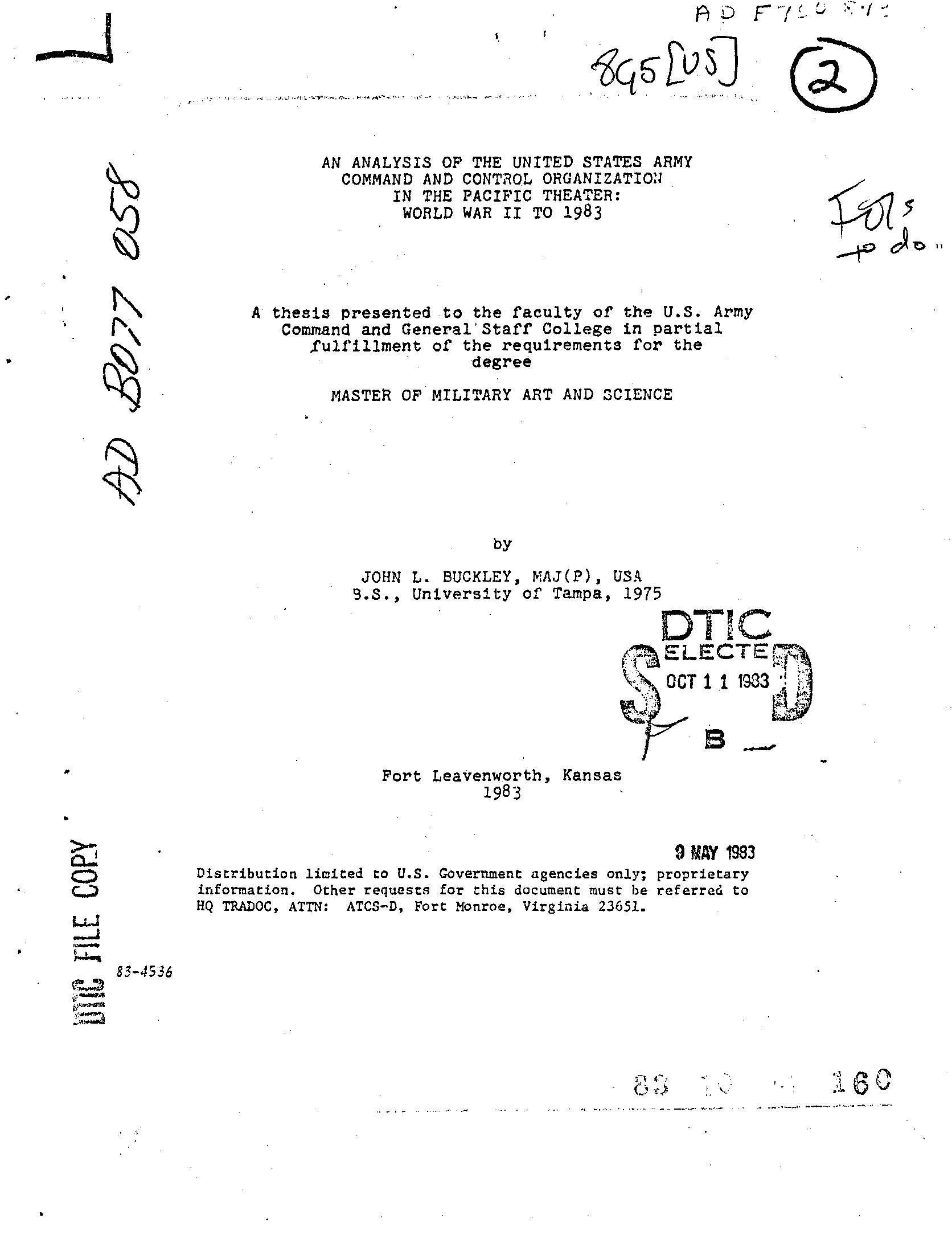
This 1983 report by John L. Buckley “examines the need for reorganizing the United States Army command and control structure in the Pacific theater both to meet peacetime requirements and to ensure an effective transition to war. The investigation is focused on an analysis of historical experience, contemporary issues in the theater, and the results or the five most recent studies on the subject. The study postulates a detailed reorganization proposal, beginning with the establishment of a Northeast Asia Command.
Conclusions reveal that or the Army structure must be done in a joint context and must accommodate the sensitivities and complexities of both military and political requirements. The current structure, although workable, is not optimal to ensure a transition to regional, theater, or global war. Should an effective remedy not be applied before the outbreak of hostilities in the region, the price of transition will be expensive in both time and resources. That remedy should be in the form of a Northeast Asia Command.”
This report was released to the Nautilus Institute under the US Freedom of Information Act (FOIA).
Go to the article
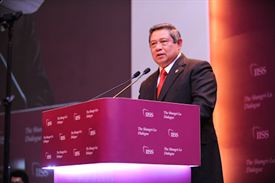
Rowing between two reefs: China, the United States and containment revenant
by—Richard Tanter, NAPSNet Contributor
This year’s Shangri-La Security Dialogue had all the hallmarks of a dialogue of the deaf. Indonesian president Susilo Bambang Yudhoyono keynote address put a strong case….
Go to the article
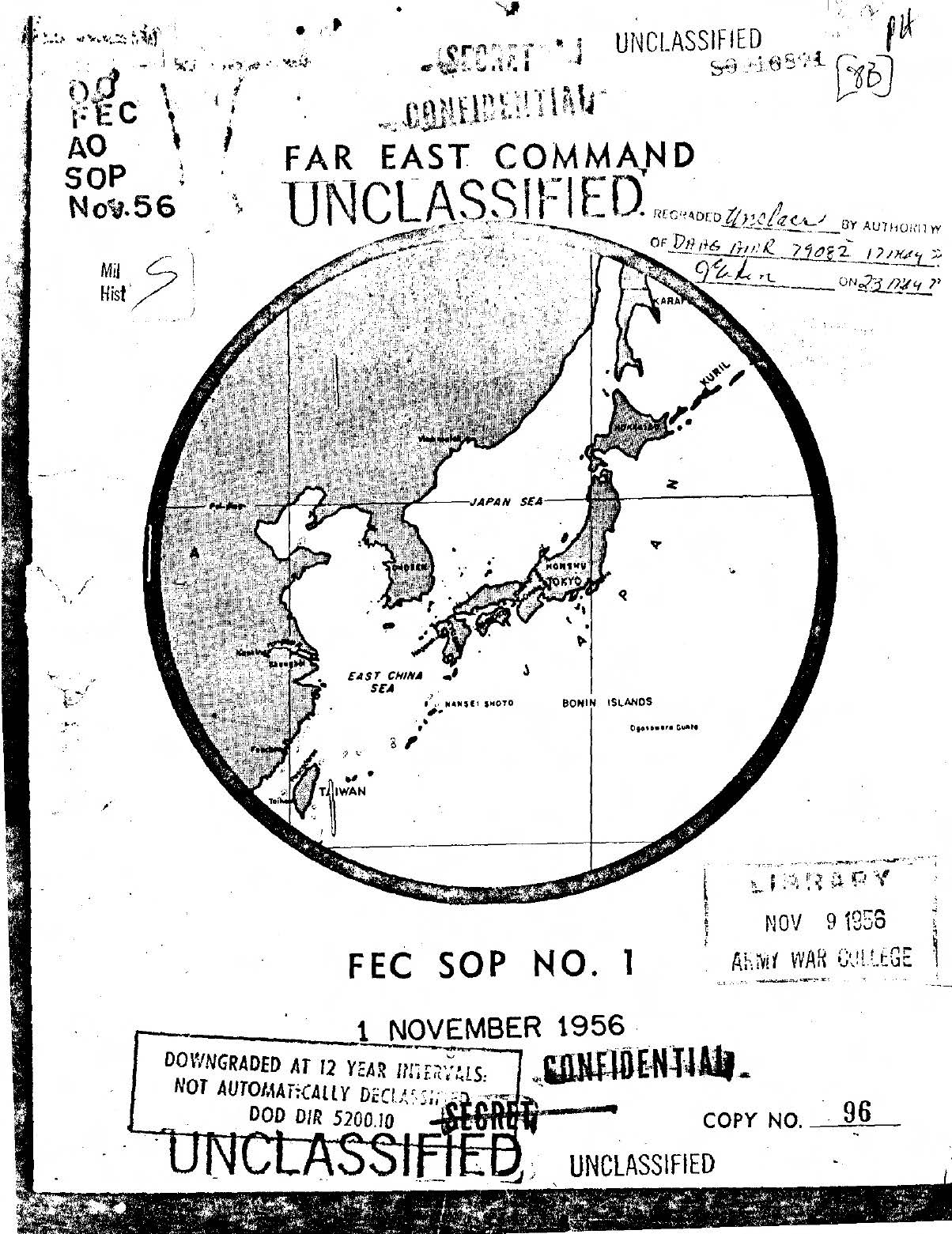
This 1956 report was “promulgated for the purpose of establishing normal procedures which will ensure the most efficient and expeditious employment of atomic weapons in accordance with JCS policy…Upon initiation of hostilities, on a scale warranting the use of atomic weapons, it is expected that Commander-in-Chief, Far East (CINCFE) will be authorized to employ atomic weapons, in the accomplishment of the theater mission…This standing operating Procedure (SOP) established the procedure to be used in the Far East Command (FEC) for the control and expenditure of atomic weapons. The procedures set forth herein shall be adhered to by all commands concerned with the planning for and execution of atomic strikes…”
This report was released to the Nautilus Institute under the US Freedom of Information Act (FOIA).
Go to the article

Mutual Trust: Collective Hedge
by Roger Cavazos, DPRK Contributor
Mutual trust is an important part of today’s interconnected world. However, when applied to the security realm at the State-to-State level, mutual trust can become a weapon and an obstacle….
Go to the article








